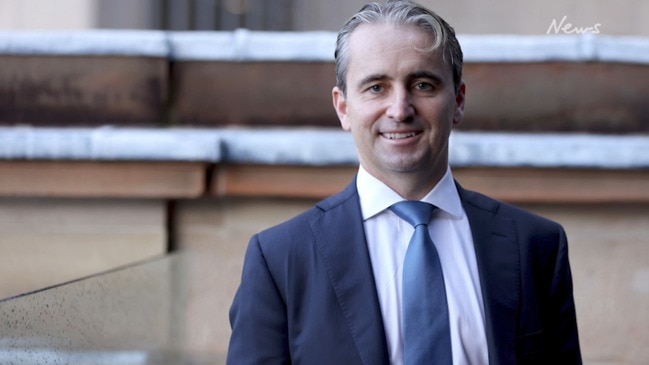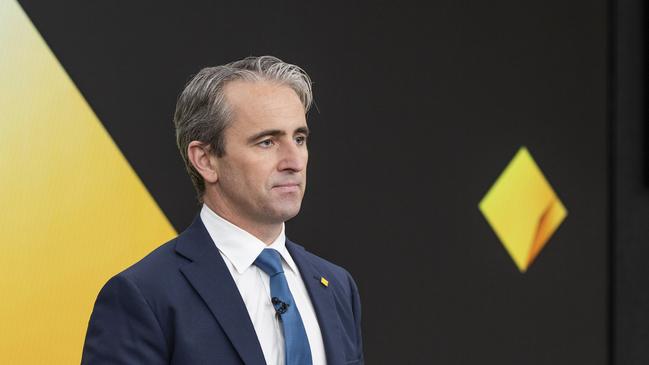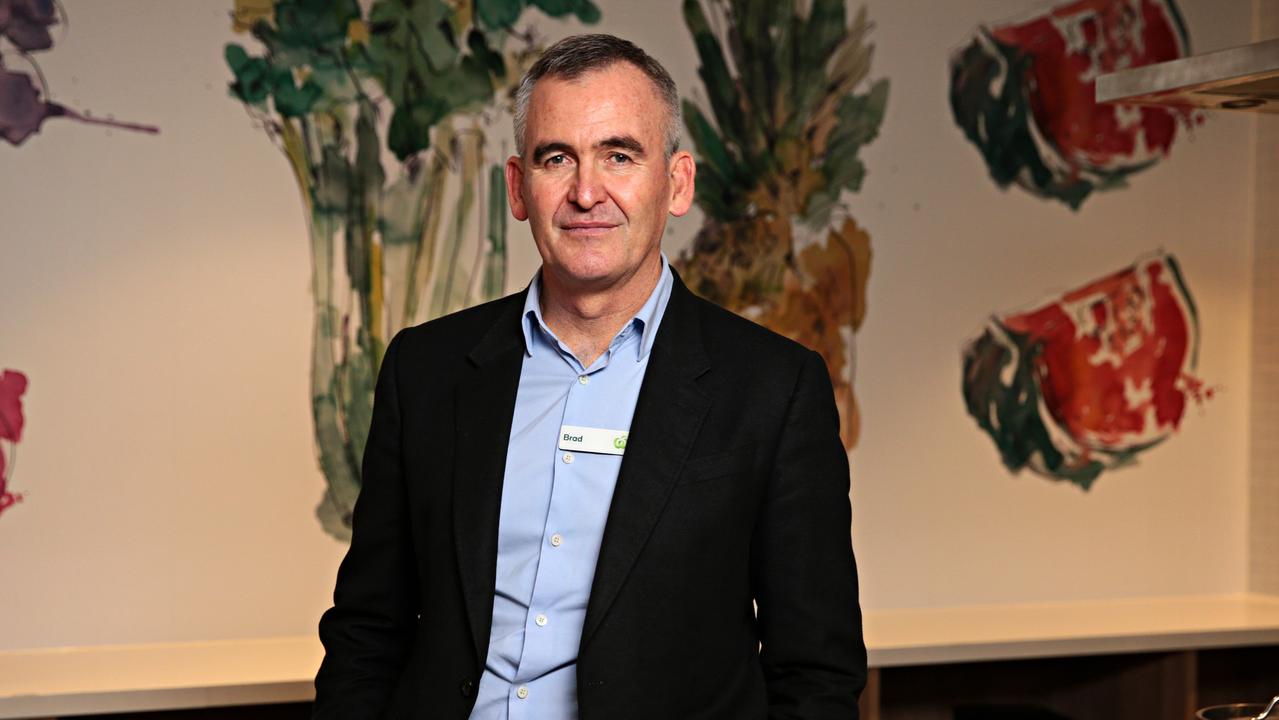How the CBA got that $10bn
Two very different half-years contributed to CBA’s $10bn profit result, the largest ever by an Australian bank.

Terry McCrann
Don't miss out on the headlines from Terry McCrann. Followed categories will be added to My News.
The $10bn CBA profit was very much a story of two halves – and a journey through the RBA rate rises that ended up at the end of the 2022-23 financial year at the edge of the so-called ‘mortgage cliff’.
In the first half, the December half, the CBA reaped a huge benefit from the RBA rises from zero, that had started almost neatly right at the start of the half, in May 2022.
As rates charged to borrowers went up further and faster than those paid to depositors, the CBA lifted its Net Interest Margin (NIM) – the difference between the two - from the 1.87 per cent of the June 2022 half to 2.10 per cent in the December 2022 half.
With $800bn out in loans, that translates to nearly $1bn of extra lolly – and pure gross, pre-tax, profit – for the half.
And CBA duly posted a $1.2bn higher pre-tax and pre-provisions gross profit for the December half – almost all due to the increased NIM.
But in the second half, this latest June half, even though the RBA kept pushing up rates, the higher rates flowing through to depositors started to catch up with the higher rates charged on loans.
The NIM slipped to 2.05 per cent, the gross (pre-tax and pre-provisions) profit slipped by $150m half-to-half.
For the overall year, CBA’s NIM was still up a very healthy 17 points, from 1.90 to 2.07 per cent, translating to round $1.4bn of extra lolly on the operating profit line.
And so, its gross operating profit – before tax and, crucially, before loan loss provisions, and so the best guide to actual performance – was up a thumping 16 per cent; much better than the much more modest 6 per cent bottom line increase reported.
So, the year was one in which the variable home – and business – loan rates went up in lock-step immediately with the RBA rises.
But deposit rates lagged – obviously, inevitably, as they only went up when individual term deposits matured.
But is the CBA – and indeed all the banks – now reaping a further profit surge from the ‘mortgage cliff’?
As all those low rate – down as low as 2 per cent – fixed rate loans mature and get replaced at more like 6 per cent?
Well, actually, not so much.
Because the CBA – and all the banks – fund those fixed rate loans with fixed rate deposits.
So yes, they are in the process of getting a big surge in the interest rates charged to all those fixed rate borrowers.

But they are also having to pay out much higher rates on the money funding them. It will be largely a profit wash
We are now into an extended period of steady rates; so, on balance deposit rates are likely to edge higher as they ‘catch up’ with the lending rates.
And competition will see that NIM drift lower.
And yes, Mr ACCC, the big banks do compete. We can actually see it in the detail of the CBA numbers: it aggressively competed for depositors, not so much for home loans – it left that to the other three wannabees.
But it also now has to – and did – prepare for more loan defaults.



